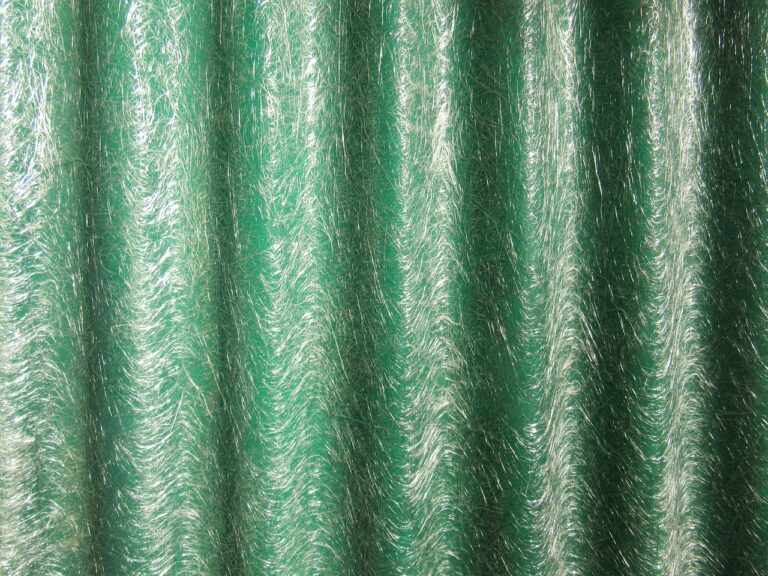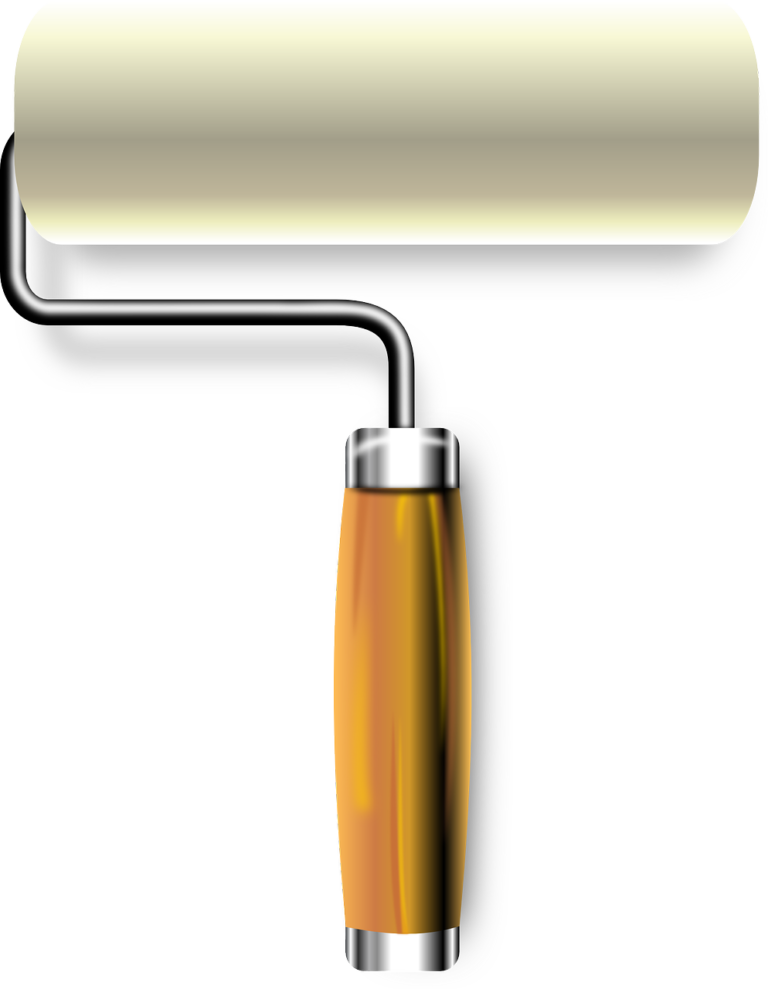Is It Better To Sand Or Strip Wood Deck?
Both sanding and stripping are viable options for restoring the deck’s beauty and preparing it for a fresh finish, but they have distinct differences and varying levels of effectiveness.
In this article, we’ll explore the pros and cons of each method, helping you make an informed decision on whether sanding or stripping is better suited for your specific deck restoration needs.
The answer to whether it is better to sand or strip a wood deck depends on the condition of the deck, the type of finish it currently has, and your desired end result. In general, sanding is more suitable for decks with a solid, but deteriorating finish (preserves the wood’s natural beauty ), while stripping is preferred when dealing with a thick or stubborn finish, such as paint or solid stains.
When Sanding Might Be Better
Sanding can be the better option for your wood deck restoration for several reasons:
- Smooth Finish: Sanding smooths the wood’s surface, removing any splinters, rough spots, or minor blemishes, creating a more comfortable and aesthetically pleasing surface.
- Better for Lighter Finishes: If your deck has a light and worn finish, sanding is often sufficient to remove the old finish and prepare the wood for a new coat.
- Less Messy: Sanding generates less mess compared to stripping, which involves the use of chemicals and can be a messy process.
When Stripping Might Be Better
Stripping the wood deck may be the preferred choice under certain circumstances:
- Thicker Finishes: If your deck has a thick layer of paint or solid stain that sanding alone cannot adequately remove, stripping is the more effective method.
- Time-Efficient: Stripping can be faster than sanding, especially when dealing with larger deck areas, as it quickly breaks down the old finish for easier removal.
- Avoids Over-Sanding: Stripping is a safer option for older or weathered decks, as excessive sanding can potentially damage the wood.
Additional Considerations
1. Environmental Impact:
When choosing between sanding and stripping, consider the environmental impact. Stripping involves the use of chemicals, which should be handled and disposed of responsibly. Sanding generates wood dust, so proper precautions should be taken to avoid inhaling the dust.
2. Safety:
Regardless of the method chosen, safety should always be a priority. When using chemicals for stripping, wear protective gear and work in a well-ventilated area. For sanding, use safety goggles, a dust mask, and hearing protection.
3. Deck Condition:
Assess your deck’s condition before deciding on a method. If the wood is severely deteriorated or rotted, neither sanding nor stripping may be suitable, and replacement may be necessary.
Additional Questions
Q1: What are the steps involved in sanding a wood deck?
When sanding a wood deck, follow these general steps:
- Clear the deck: Remove all furniture, plants, and debris from the deck.
- Clean the deck: Sweep the deck to remove loose dirt and debris. Consider power washing for a more thorough cleaning.
- Inspect the deck: Check for any loose boards, nails, or structural issues that need repair.
- Select the right sandpaper: Choose the appropriate grit of sandpaper based on the condition of the wood.
- Sand the deck: Use a sander or sandpaper to smooth the wood’s surface, working with the grain.
- Clean up: Remove all sanding dust from the deck, and consider using a tack cloth to ensure a clean surface for finishing.
Q2: What are the steps involved in stripping a wood deck?
When stripping a wood deck, follow these general steps:
- Prepare the deck: Clear and clean the deck as you would for sanding.
- Test the stripper: Before applying the chemical stripper to the entire deck, test it in a small inconspicuous area to ensure compatibility and effectiveness.
- Apply the stripper: Use a brush or roller to apply the stripper evenly over the deck’s surface.
- Wait for the stripper to work: Follow the manufacturer’s instructions on the wait time, allowing the chemicals to break down the old finish.
- Remove the old finish: Use a scraper to gently lift off the softened finish. For stubborn spots, a power washer or scrub brush may be necessary.
- Clean the deck: After stripping, clean the deck thoroughly to remove any residue from the stripper.
- Neutralize the deck: Some strippers require neutralization; follow the manufacturer’s guidelines.
- Let the deck dry: Allow the deck to dry completely before applying any new finish.
Q3: Can I use a combination of sanding and stripping for my deck?
Yes, you can use a combination of sanding and stripping if your deck has multiple layers of old finish or if you encounter challenging spots that require additional treatment.
Start by using the stripping method to remove the thickest or most stubborn layers of finish, and then sand the deck to achieve a smooth surface. Always be cautious with the use of chemicals and follow safety guidelines when combining these methods.
Conclusion
In conclusion, whether you should sand or strip your wood deck depends on various factors, including the deck’s current condition, the type of finish to be removed, and your desired end result.
Sanding is ideal for decks with lighter finishes and when you want a smoother surface, while stripping is more effective for removing thicker or stubborn finishes.
Consider the pros and cons of each method, as well as safety and environmental concerns, to make an informed decision and achieve a beautifully restored wood deck.





